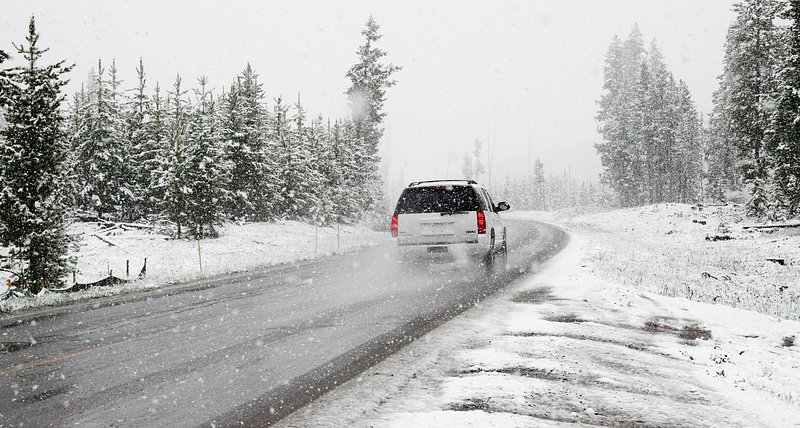Driving in Snow | Safe Winter Driving
| Driver Education |
Winter brings a magical transformation of the landscape, but it also presents unique challenges for drivers. Snow, while picturesque, can make driving hazardous. As the mercury dips and snowflakes start to fall, it’s crucial to be prepared for the road conditions. Here are essential tips for safely driving in snow.
This blog may contain affiliate links, and therefore if you make a purchase through these links, we subsequently may or may not earn a commission at no extra cost to you.
Prepare Your Vehicle for Winter
Before winter sets in, ensure your vehicle is ready for the cold season. This includes checking the battery, antifreeze level, heater, brakes, and defroster. Equip your car with winter tires, which are designed to provide better traction in snow and ice. Keep your gas tank at least half full to avoid gas line freeze-up.
Pack an Emergency Kit
Always carry a winter emergency kit in your car. This should include items like blankets, a flashlight, a first-aid kit, a shovel, windshield scraper, water, and non-perishable snacks. It’s also wise to have a bag of sand or cat litter for extra traction if your car gets stuck.
Drive Slowly and Steadily
Snow-covered roads require you to adjust your driving speed. Drive slowly to maintain control of your vehicle. Accelerate and decelerate slowly to avoid skids. Remember, it takes longer to slow down on icy roads, so start slowing down well before stop signs and traffic lights.
Increase Following Distance
In normal conditions, a safe following distance is about 1 car lenth distance from the car in front of you for every 10mph your car is traveling. In snow, increase this to 2-3 car lengths for every 10mph your car is traveling. This added space will give you more time to stop if necessary.
Avoid Sudden Movements
Abrupt steering, braking, or accelerating can cause your vehicle to lose traction and potentially lead to a skid. Make all movements gradual and smooth.
Use Headlights
Snow can reduce visibility, so always turn on your headlights to see and be seen by other drivers, even during the daytime.
Know Your Brakes
Whether you have antilock brakes or not, the best way to stop is threshold braking. Keep the heel of your foot on the floor and use the ball of your foot to apply firm, steady pressure on the brake pedal.
Stay Home
If the weather is too severe, consider staying home. No trip is worth risking your safety. If you must travel, inform someone of your destination, route, and expected arrival time.
Practice Winter Driving
Practice winter driving in a safe, open location to get a feel for your vehicle’s handling in snow. Understand how your car reacts to slippery conditions, like how it handles a skid.
Respect Snowplows
Give snowplows plenty of room. They travel slowly, have limited visibility, and can create clouds of snow that reduce your visibility.
Driving in Snow
Driving in snow doesn’t have to be a daunting experience. With the right preparation and mindset, you can navigate winter roads safely. Remember, the key to safe winter driving is being cautious, prepared, and aware of changing road conditions. Safe travels!
Drive with Confidence!
Keep up with all the latest driving news. Expolre our blog packed with essential tips and expert advice on all things related to DRIVING!




